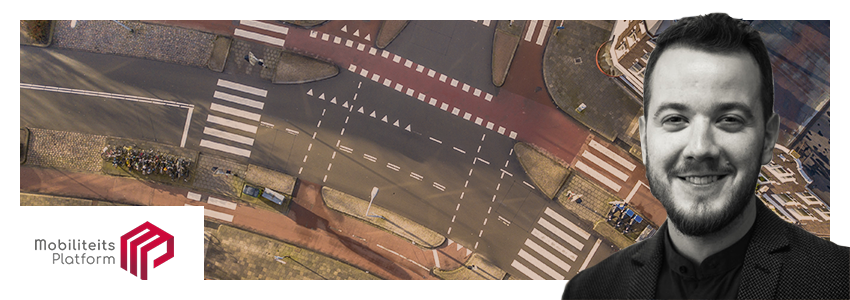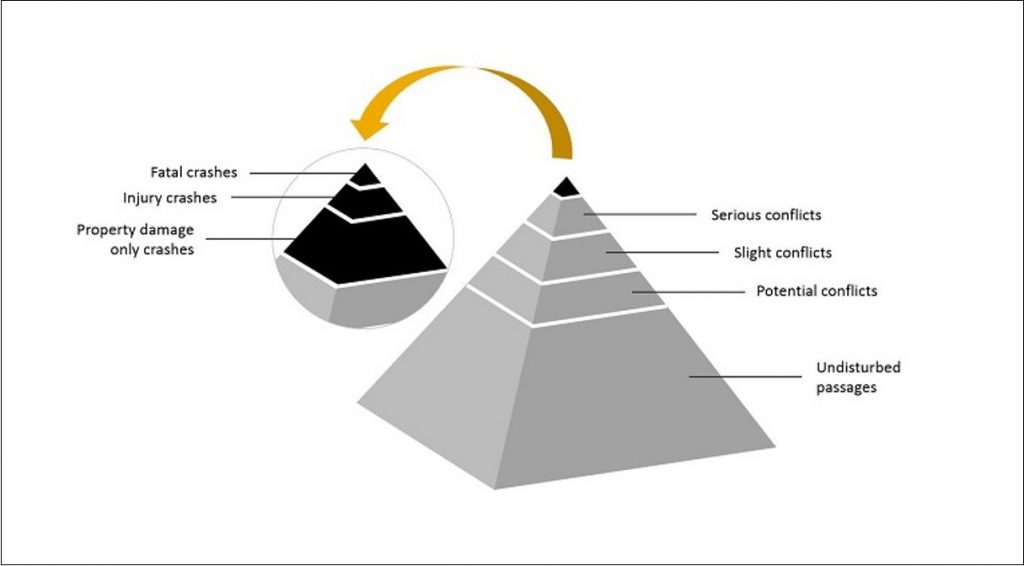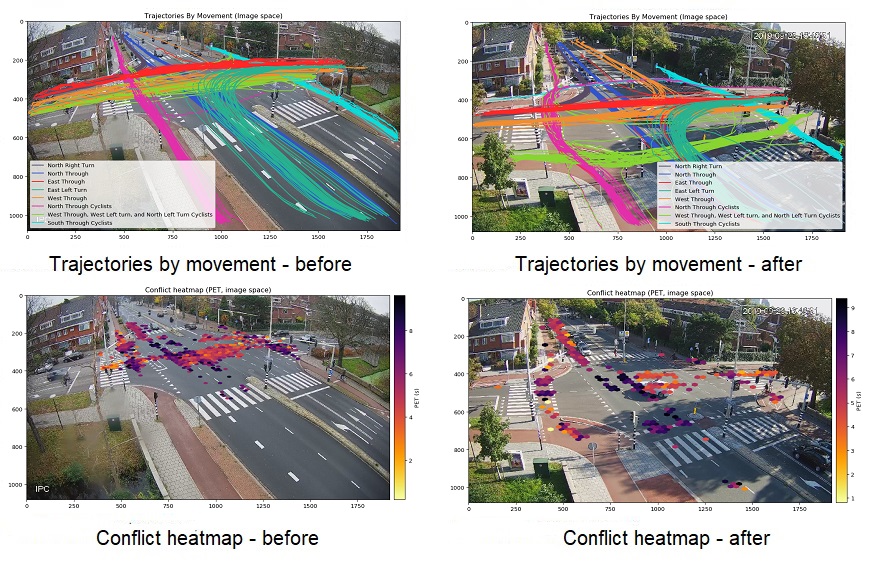Author: Julie Levy, B.Eng. Project Delivery Manager
On June 28th, 2021, a Dutch Magazine called Mobiliteits Platform (in English, Mobility Platform) interviewed David Homola, Transoft Solutions’ Europe, Middle East, and Africa Product Manager about the TrafxSAFE product – Transoft Solutions’ automated road safety analysis tool. This interview has been edited for length and clarity.
- Marcel Slofstra: What prompted the development of the TrafxSAFE system?
- David Homola: Road fatalities are a major cause of death around the globe. Within the EU, road crashes cause around 20,000 fatalities every year. While the bloc is able to maintain a downward trend, it was not able to meet the target met by the European Commission to halve 2010’s yearly fatalities by 2020. Now, the EC has implemented a new target – to reach zero road deaths by 2050.
Instead of the traditional method of relying on reported statistical data on collisions, TrafxSAFE allows practitioners to look deeper and have a clear view on collision pre-cursor events: serious, minor, or potential conflicts.
“Safety Pyramid” (adopted from Hydén, 1987)
- Marcel Slofstra: What are the pros and cons of the system?
- David Homola: What used to be a time-consuming, subjective manual process before, namely, categorizing the severity and probability of near-miss collisions, is now objective and accessible to anyone. TrafxSAFE allows for replicable analysis at a consistent quality.One challenge with the system is that since it relies on computer vision, camera set up is critical. Transoft Solutions’ experts work with video data collectors to plan camera installations in order to obtain an ideal field of view and camera height.
- Marcel Slofstra: The system was applied in The Hague, could you tell me more about that study?
- David Homola: In The Hague, the technology was used to understand the effects of infrastructural interventions on cycling safety. This study took place in two locations which were identified as cycling hotspots. First, 40 hours of daytime traffic video was collected and analyzed before any countermeasures were implemented. Then, interventions and small modifications which aimed to improve cycling safety were identified and implemented. This was followed by an after study, based on the same amount of 40-hour daytime traffic observations. Comparing the before and after data showed that overall cycling safety had improved because of the countermeasures that were implemented. The results also indicated which specific treatments were the most successful.
- Marcel Slofstra: How does TrafxSAFE ensure privacy for road users?
- David Homola: The issue of privacy focuses on two topics: how do you make the data anonymous, and where do you process the data? We know of different methods to anonymize the data, from blurring faces and license plates to covering any moving object with a black square. Ultimately, the customer determines the chosen approach.
We have servers all over the world which are used to process data, so we can ensure privacy for all customers.


